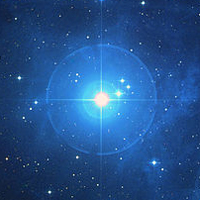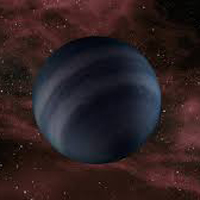| Type |
Fuel |
Lifespan |
Surface Temperature |
Example |
| Protostar |
Nuclear Fusion Not Started |
100,000 years |
2,000-3,000 K (3,140-4,940 F) |
HBC 1 |
| Main Sequence Star |
Hydrogen/Helium Core |
20 million - 10 billion years |
2,000-40,000 K (3,140-71,540 F) |
Our Sun |
| Red Giant Star |
Hydrogen/Helium Shell |
A few 100 million years |
5,000 K (8,540 F) |
Betelguese (Orion) |
| White Dwarf Star |
Not Burning Fuel Anymore |
Many 100 billions of years |
6,000 K (10,340 F) |
Sirius B (Sirius's Binary) |
| Red Dwarf Star |
Hydrogen Core |
10 trillion years |
-4,000 K (-6,740 F) |
Lacaille 8760 (Microscopium) |
| Neutron Stars |
Exploded Stars Composed of Only Neutrons |
~10 million years |
600,000 K (1,079,540 F) |
Crab Pulsar (Crab Nebula) |
| Super Giant Stars |
Hydrogen Core |
A few million years |
3,500-50,000 K (62,540-89,540 F) |
Rigel (Orion) |



